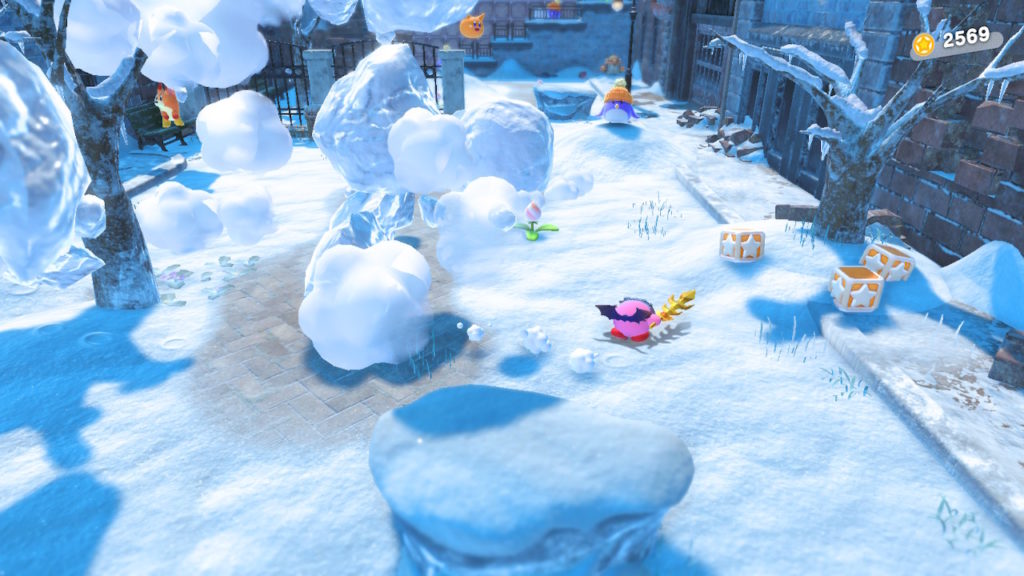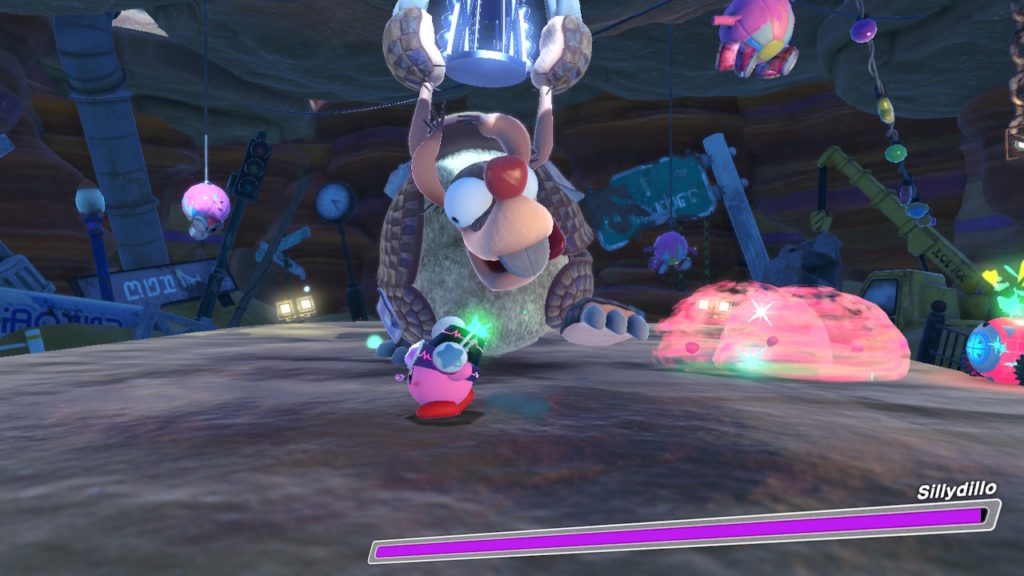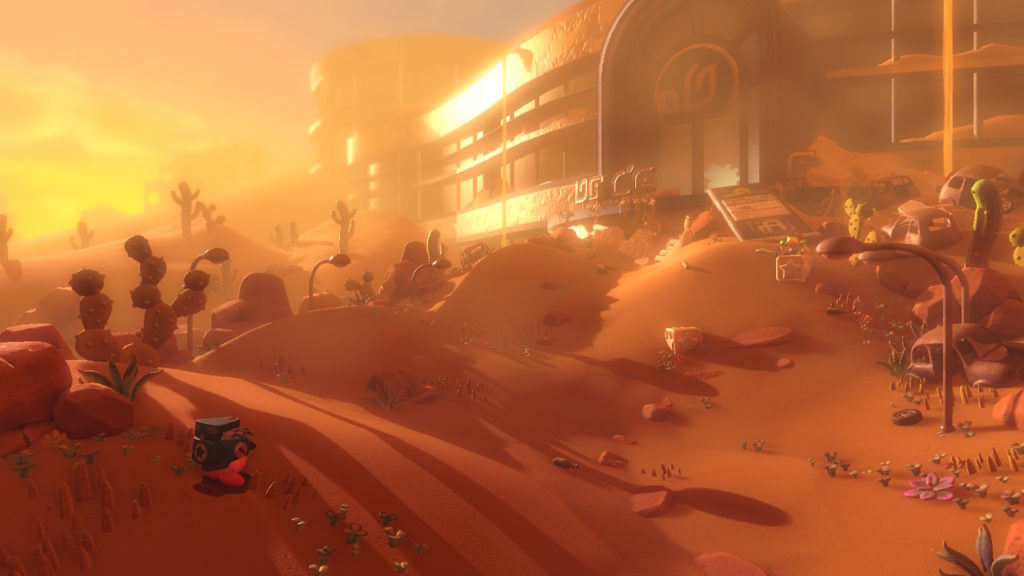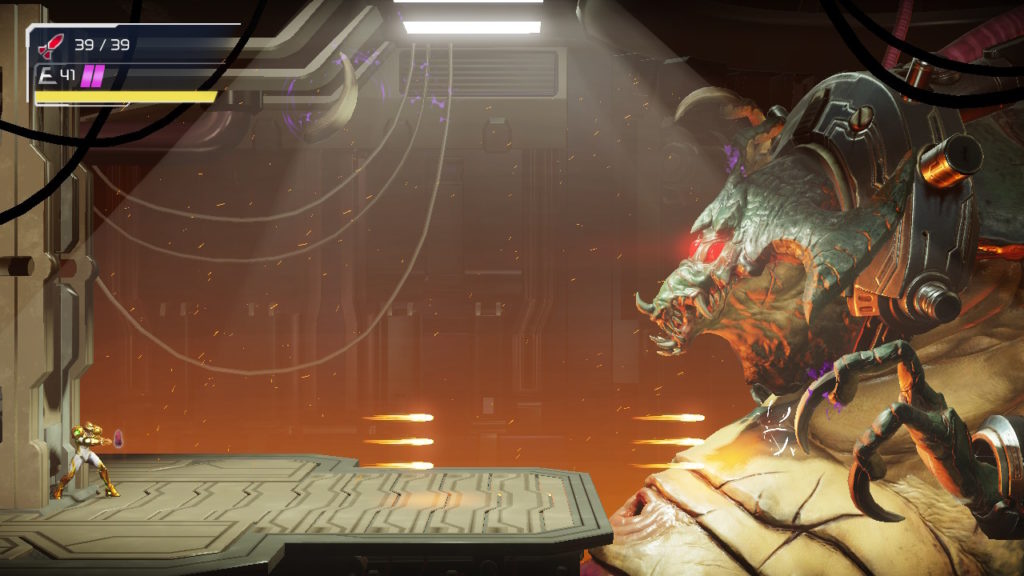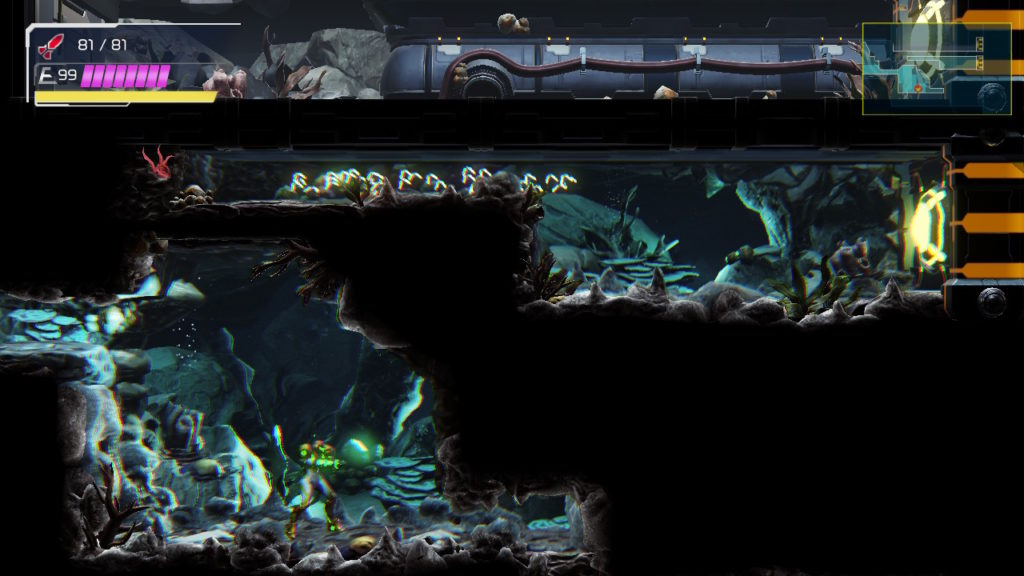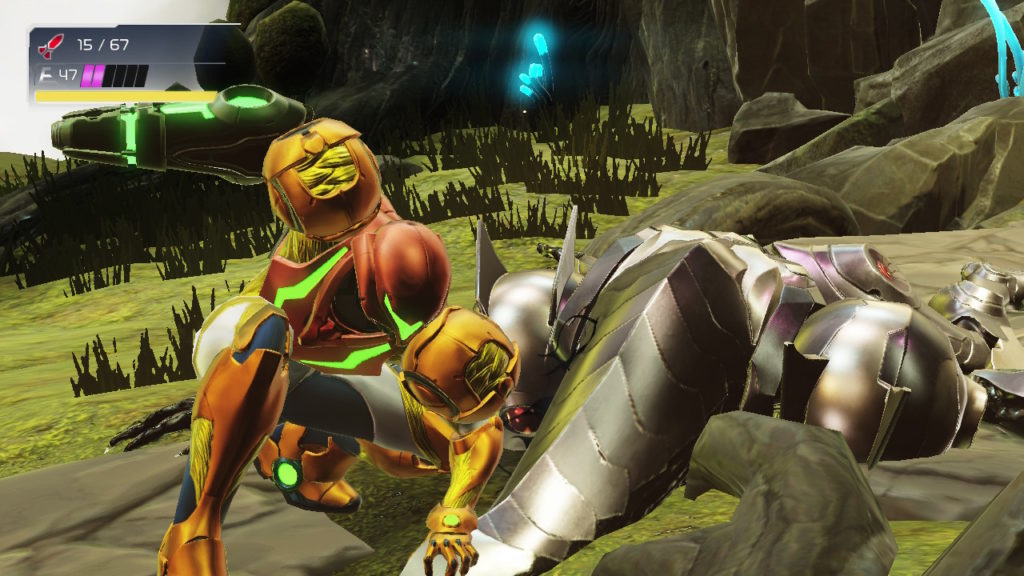More Info from Double Fine Productions
- Genre: 3D Platformer
- Platform: Xbox Series X
- Also Available On: Xbox One, PS4, Windows, macOS, Linux
It’s not necessarily that this is a new benchmark for 3D platformers, but this is a pretty special game. It’s in the way that the game gets into the minds (literally) of its characters that makes it work so well. It’s great storytelling and great set pieces and great handling of character motivations that all combine into something that takes what the series did well in the past and elevates it in a fantastic way. It’s the type of game that was worth the wait, which isn’t something that happens often.
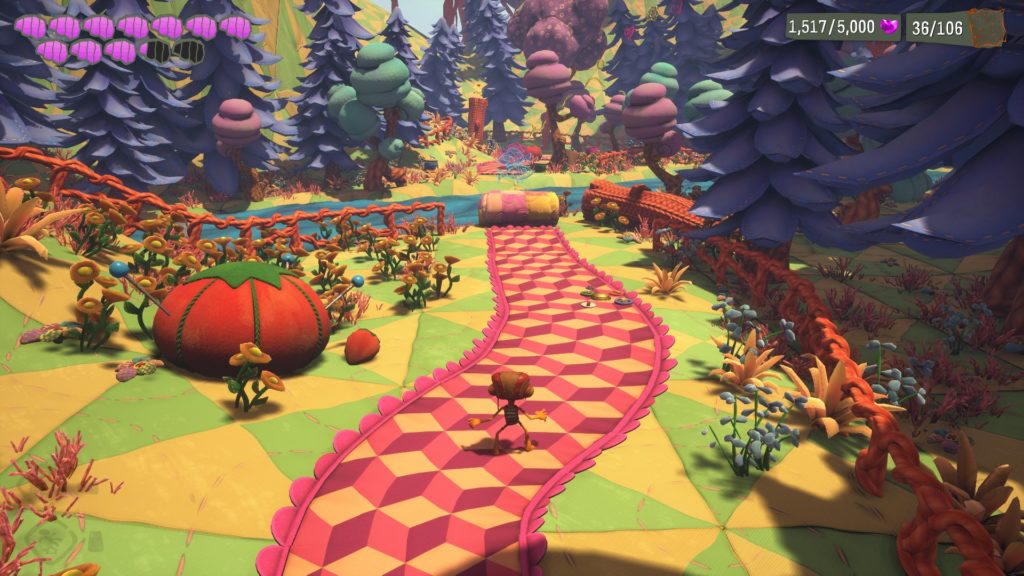
The gameplay itself is pretty standard platformer fare. You’re basically doing variants of running and jumping, with a little bit of combat. Ya, they mix in psychic power flavor in that glides are levitation or throwing things is telekinesis or your gun replacement is a PSI blast. However, it’s mostly set dressing around standard mechanics. It all works well and it’s easy to fall into because it’s all sort of expected, and that’s a nice thing. It’s a much more positive thing that I probably made it sound, but don’t expect this to be treading new ground from a mechanics standpoint. Where this game is actually special is where it handles the personality and history of each of the people’s minds that you’re diving into.
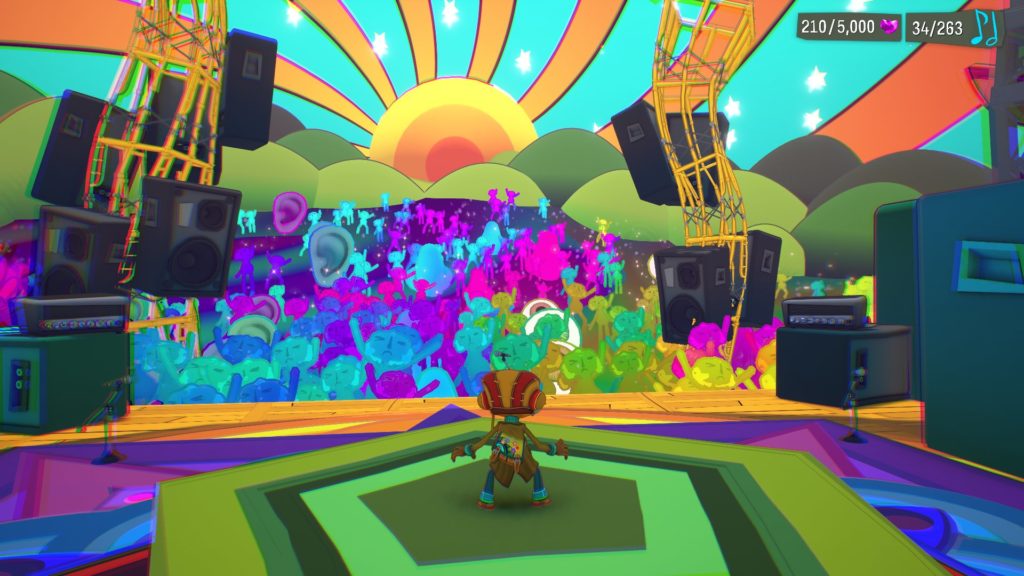
To skip a bunch of back story, the bulk of the game takes place within the brains of a set of Psychonauts that within the in-game universe are historic and famous. In the picture above, you’re inside the mind of one of those members who to some extent was seen as the glue of the group and is now hurt by the fact that they’ve largely gone their separate ways. The way this manifests within the game is the person envisioning the group as a band, and your path through their story is to find the rest of the members and reunite the group.
Another member comes from the opposite end of this story, and sees themselves as having been abandoned. As you work through their story you end up seeing that it isn’t just the case of the group splitting up causing this sense of abandonment, but other situations in the past that lead to this. In working your way through the story, you’re helping them see that the personal traumas that came from it may be somewhat validated, but that they are only seeing things from one side and that with more information things may not be as they see for themselves.
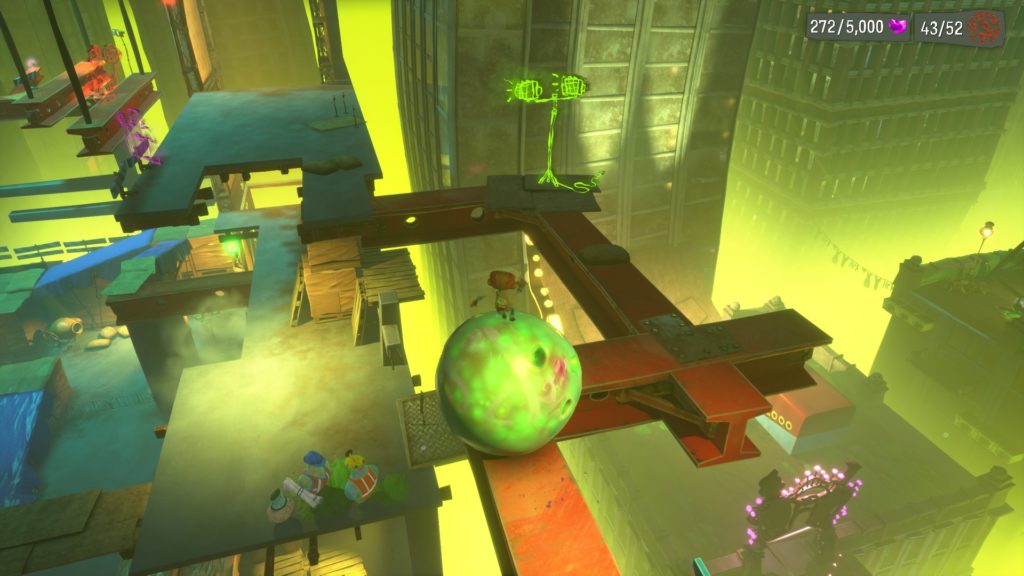
Dealing with personal traumas is always a subject that is interesting for me to see within games. Games that do it poorly can often feel over the top where the traumas inflicted on characters are so extreme that it feels malicious, where it leads to me just reacting negatively to the story. Games that do it well instead lead to me feeling sympathetic to the characters while also leading me to want to help them through their trauma. Psychonauts 2 luckily falls into the latter.
The characters all have back stories that at least feel relatable. Even if it’s not something that has happened directly to me, the things that have happened all feel grounded in reality. Given the psychic powers twist to this universe, they’re all things that feel like they could happen to a group that is trying to harness powers beyond the imagination of normal people. These are all people that were dealt great power and didn’t necessarily deal with it in a positive manner and are now to some extent left broken by the experience, but they all feel redeemable in that they never felt like they were maliciously trying to harm others, main villain aside. Even in that case it feels like you’re seeing someone who was pushed beyond their limits and lost to their own inner demons, rather than being someone who is just inherently evil.
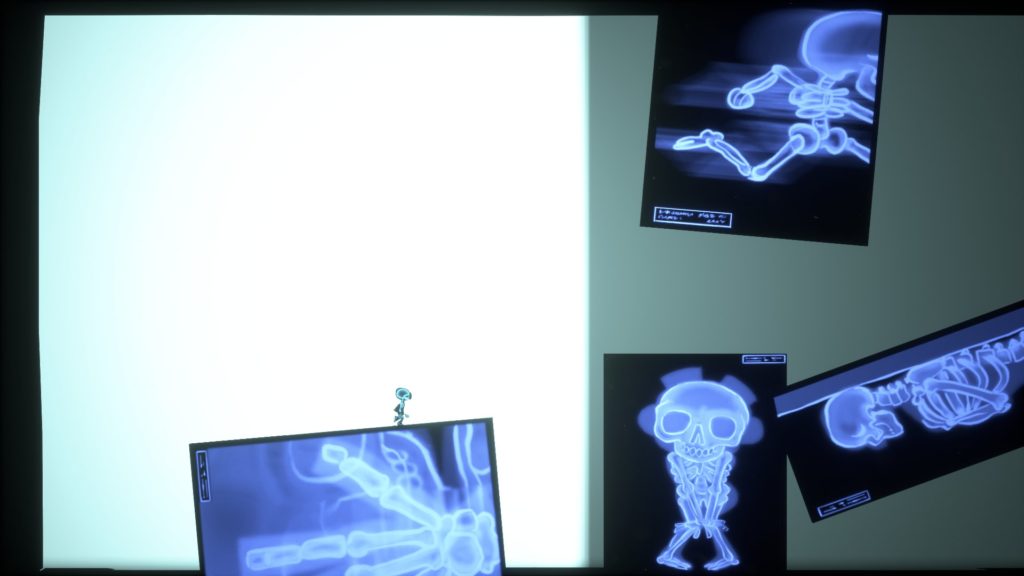
I think that is all why this game works so well to me as a sequel. The first game and the VR experience proved out the core idea that you could make a platformer that exists within the minds of various people, but those two games didn’t feel as fleshed out to me from the perspective of seeing sympathetic characters and wanting to help them. This game just goes the extra mile to really provide that story backing. The mechanics in place are good enough to not get in the way of the rest of the experience, and it lets the story shine and be what is pulling you through the game in a way that I never wanted to put it down.
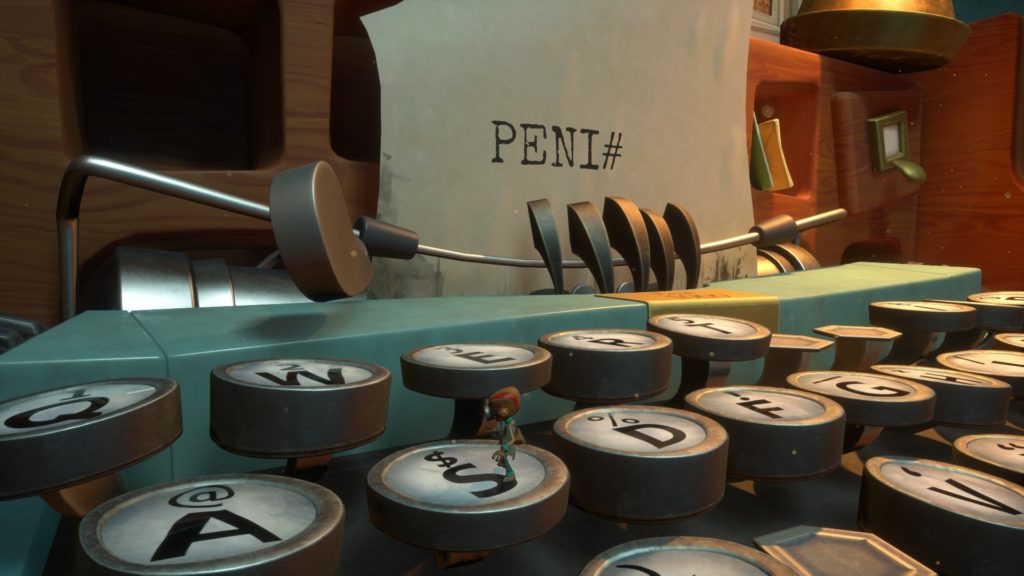
Although I am a bit miffed that they wouldn’t let me be immature…


